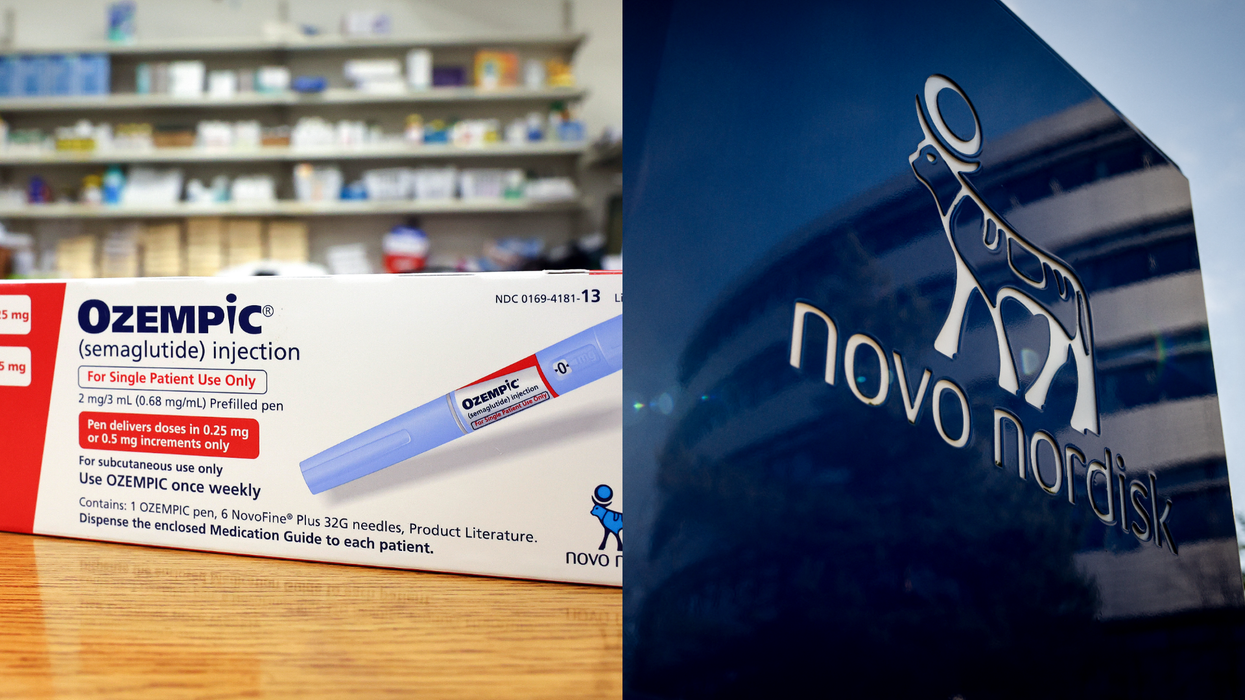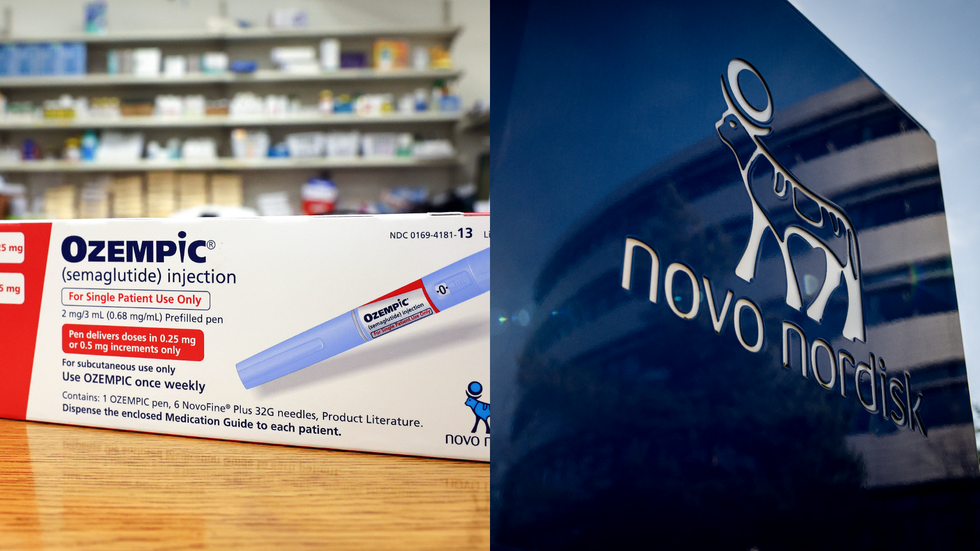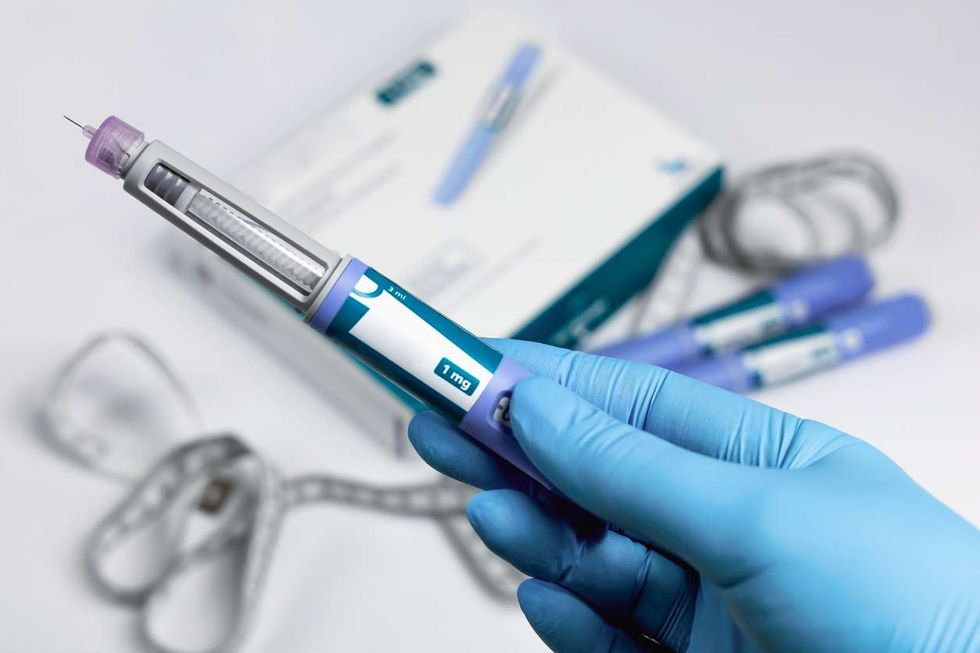Covid-19 cases are rising once again across several parts of the world, driven by the spread of the JN.1 variant – a new sub-lineage of Omicron known for its high transmissibility. While symptoms remain mostly mild, the latest spike has prompted health authorities in multiple countries to issue fresh public health advisories.
Cases are rising across Asia
Singapore has seen a sharp increase in cases, with 14,200 infections reported in the week ending 3 May, up from 11,100 the previous week. Hospital admissions also rose to an average of 133 per day, though the number of patients requiring intensive care fell slightly from three to two daily.
Hong Kong’s Centre for Health Protection described current virus activity as “quite high”, with the city recording its highest rate of respiratory samples testing positive in over a year. Authorities are monitoring the situation closely.
In Thailand, the latest surge is mostly affecting people aged 30 to 39, with health experts warning of more cases in the coming weeks. China, too, is experiencing a resurgence, although official figures remain limited.
India reports a modest increase
India has also recorded a slight uptick in Covid-19 cases. As of 19 May, the country had 257 active infections, with Kerala reporting the highest number (69), followed by Maharashtra (44) and Tamil Nadu (34). According to experts, most cases remain mild and do not require hospitalisation.
Health officials say the rise is partly due to the spread of the JN.1 variant, a drop in population-level immunity, and seasonal factors affecting people’s health. The increase in international travel is also believed to be contributing to the current wave.
What is the JN.1 variant?
The JN.1 variant has been labelled a “variant of interest” by global health bodies because of how quickly it spreads. Its symptoms include fever, sore throat, fatigue and mild respiratory issues. However, the severity of illness appears to remain low, particularly among those who have been vaccinated.
The variant has not been linked to increased hospital admissions or deaths, but public health authorities continue to urge caution.
Global health response
Authorities in affected countries are encouraging people to wear masks in crowded spaces, practise good hand hygiene, and stay home if they experience symptoms. While lockdowns and strict restrictions are not currently being considered, local measures could be introduced if hospital pressures increase.
In response to the broader pandemic preparedness challenge, the World Health Organisation recently adopted a historic Pandemic Agreement. The new framework aims to improve global cooperation and ensure a more equitable response to future pandemics, particularly in low- and middle-income countries.
As the world continues to navigate waves of Covid-19, experts are reminding the public not to become complacent. With new variants likely to emerge, maintaining basic precautions remains crucial in preventing further spread.







 Novo Nordisk launches Ozempic in India as diabetes cases climb Getty Images
Novo Nordisk launches Ozempic in India as diabetes cases climb Getty Images  Ozempic weekly pens now available in India for type 2 diabetesiStock
Ozempic weekly pens now available in India for type 2 diabetesiStock  India gets Ozempic as obesity and diabetes numbers riseiStock
India gets Ozempic as obesity and diabetes numbers riseiStock  Doctors say Ozempic helps blood sugar and weight management in adultsiStock
Doctors say Ozempic helps blood sugar and weight management in adultsiStock





